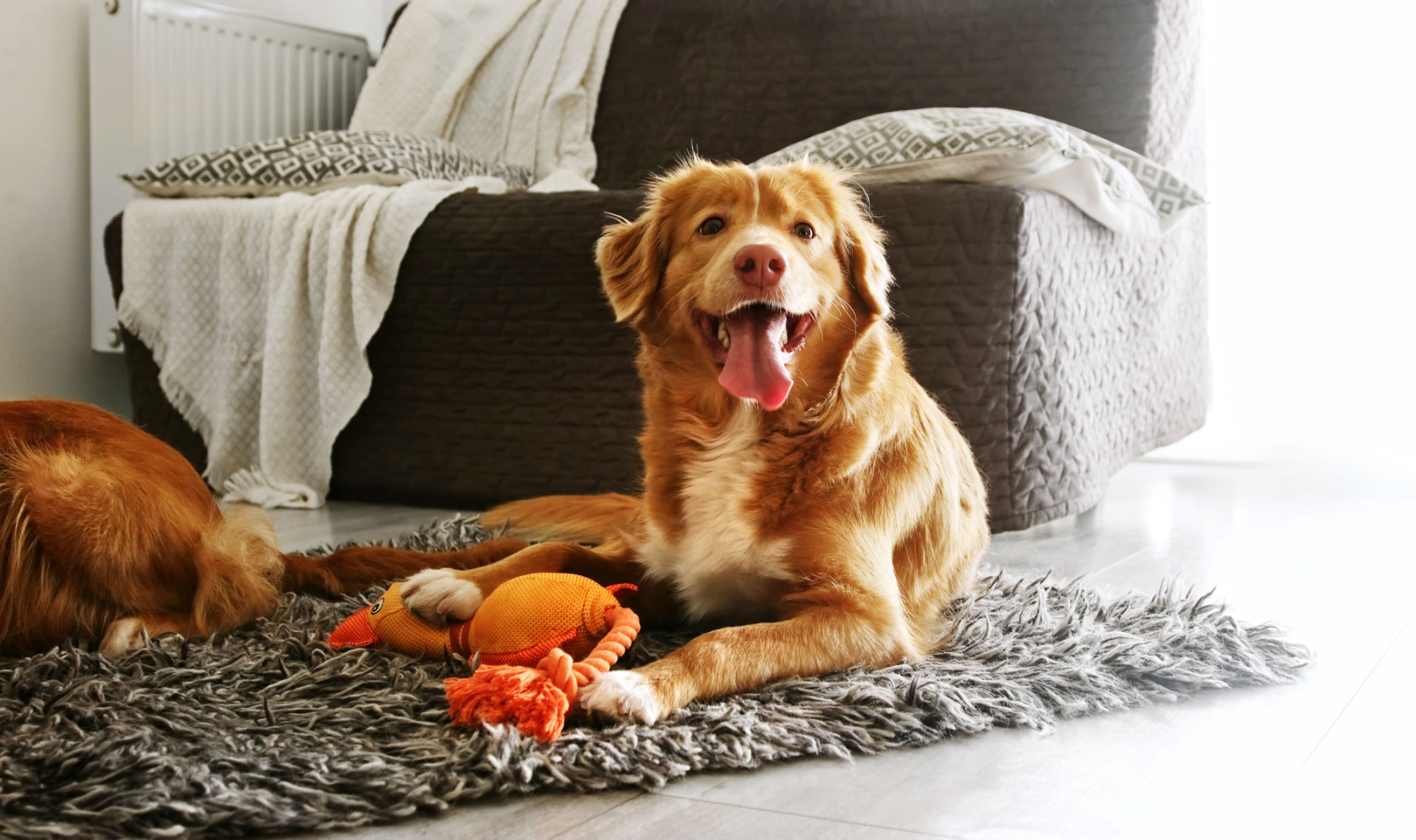The Benefits of Positive Reinforcement Techniques for Dogs
Understanding Positive Reinforcement
Positive reinforcement is a powerful training technique used to encourage desired behaviors in dogs. By rewarding your dog for good behavior, you help them learn which actions are beneficial and worth repeating. This method not only strengthens the bond between you and your furry friend but also builds a foundation of trust and respect.
Unlike traditional training methods that rely on punishment, positive reinforcement focuses on rewarding behaviors you want to see more of. This approach is more effective and humane, promoting a happier and more confident pet.

The Science Behind Positive Reinforcement
At its core, positive reinforcement operates on the principle of operant conditioning, a concept developed by psychologist B.F. Skinner. When a dog receives a reward for a specific behavior, they are more likely to repeat that behavior in the future. This technique utilizes rewards such as treats, praise, or playtime to encourage good behavior.
Research has shown that dogs trained using positive reinforcement methods learn faster and retain their training longer than those trained with aversive techniques. This is because positive reinforcement fosters a learning environment where dogs feel safe and motivated to learn.
Benefits of Positive Reinforcement
There are numerous benefits to using positive reinforcement techniques with your dog:
- Improved learning: Dogs trained with positive reinforcement often learn new commands more quickly.
- Stronger bond: This training method enhances the bond between you and your dog, fostering mutual trust and respect.
- Increased confidence: Positive reinforcement helps build your dog's confidence, making them more willing to try new things.
- Reduced fear and anxiety: By focusing on rewards rather than punishment, your dog experiences less stress and anxiety.

Implementing Positive Reinforcement
Introducing positive reinforcement into your training routine is simple and effective. Begin by identifying the behaviors you want to encourage, such as sitting, staying, or coming when called. Each time your dog displays the desired behavior, immediately reward them with a treat or praise. This immediate feedback helps them associate the behavior with the reward.
Consistency is key when using positive reinforcement. Ensure that everyone involved in your dog's training uses the same commands and rewards to avoid confusion.
Common Mistakes to Avoid
While positive reinforcement is highly effective, there are some common pitfalls to watch out for:
- Timing errors: Rewards must be given immediately after the desired behavior to reinforce the connection.
- Over-reliance on treats: While treats are an excellent motivator, it's important to also use praise and affection as rewards.
- Inconsistency: Ensure that training is consistent across different environments and situations.

The Role of Patience and Persistence
Training a dog using positive reinforcement requires patience and persistence. Some behaviors may take longer to develop than others. It's essential to remain patient and continue practicing regularly with your furry friend.
Avoid becoming frustrated if progress seems slow. Instead, focus on celebrating small victories and reinforcing positive behaviors as they occur. Over time, your dog's skills and confidence will grow.
The Long-term Impact of Positive Reinforcement
The long-term benefits of positive reinforcement extend beyond just improved behaviors. Dogs trained with these techniques are often happier and more secure in their environment. They are less likely to develop behavioral issues such as aggression or fearfulness.
This method also encourages lifelong learning, as dogs become more eager to engage in training activities throughout their lives. This ongoing engagement helps maintain mental stimulation and overall well-being.

Conclusion
Incorporating positive reinforcement techniques into your dog's training regimen offers a multitude of benefits, from fostering a strong bond to promoting a happy, well-adjusted pet. By focusing on rewarding desired behaviors, you create an environment where learning is enjoyable for both you and your dog. With patience, consistency, and love, positive reinforcement can transform your dog's behavior and enhance their quality of life.